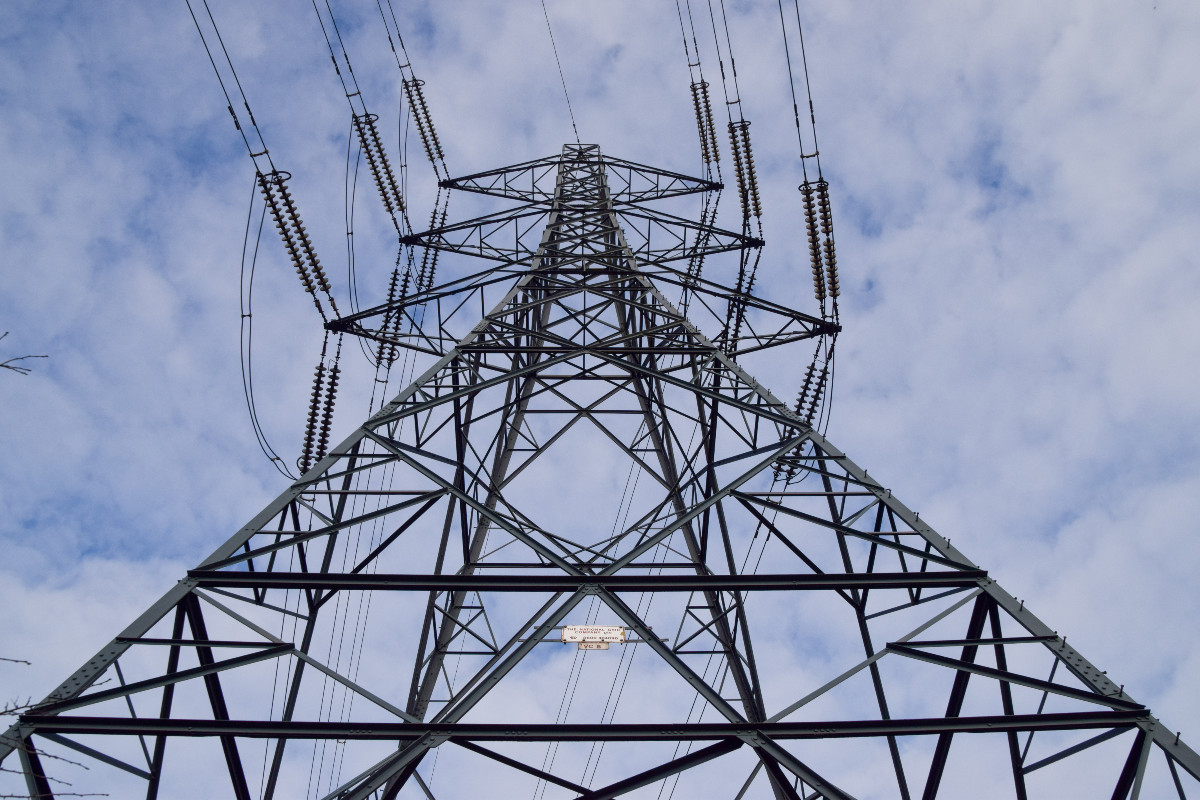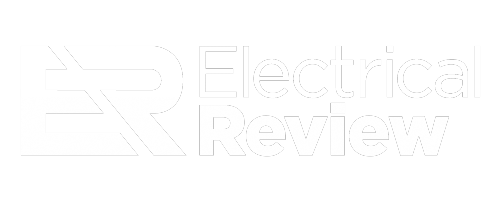Global transmission investment is set to accelerate through the 2030s, with spending projected to rise from $372.6 billion in 2025 to $573.7 billion by 2030 as systems are upgraded for smart grid capability.
That’s according to the latest report from GlobalData, which notes that transmission outlay reached $343.2 billion in 2024, up 10.5% year on year, with substations accounting for the lion’s share at $246.4 billion and lines at $96.4 billion.
While the UK has its own increased investment in grid infrastructure, with National Grid committing £58 billion to overhaul the UK’s electrical grid, that scenario is playing out globally. In fact, between 2025 and 2030, investment is expected to grow at a 9.2% compound annual rate, driven by renewable integration, grid resilience and efficiency programmes, and the adoption of smart meters, AI and IoT.
How grids are getting smarter
While grids are stretched around the world as they fight to power the move to electrification for heat and transport, as well as large energy users like data centres, the industry is looking to work smarter rather than simply installing more lines. In fact, many transmission networks around the world are now utilising some form of AI.
Rehaan Shiledar, Power Analyst at GlobalData, noted, “AI is improving smart grids by using real-time data and algorithms for demand forecasting, predictive maintenance, and integrating renewables.
“It optimises power flow, balances supply and demand, automates responses to instabilities, and prevents equipment failures – leading to fewer outages, less energy waste, and a more reliable, sustainable grid. Companies such as Nvidia and Utilidata have partnered to make regional electrical grids smarter and more efficient by developing software-defined smart grid chips.”
In the UK, this is borne out through partnerships like the one National Grid signed with Emerald AI just last month. That will see the company use Emerald’s AI tools to act as a ‘smart mediator’ between a data centre and the electricity transmission network to help manage electricity demand. While that project is currently only set to demonstrate the viability of the software, there are other cases globally showcasing AI’s use in the grid.
That includes Duke Energy in the US, which is applying AI and machine learning for fleet management and predictive maintenance. Another example comes from Xcel Energy and E.ON, two companies who are using AI for similar needs – to predict maintenance needs on medium-voltage lines, as well as to ensure that their infrastructure is still working.
How data centres will play a key role in the future of the grid
Shiledar noted that data centres would be at the heart of the smart grid going forward, “Data centres are playing a crucial role in the functioning and evolution of smart grids, primarily due to their significant energy demands and the integration of advanced technologies.
“They deliver essential data processing and storage functions to oversee energy distribution, incorporate renewable sources, enable AI-powered grid automation, and contribute to grid services such as frequency regulation.
“Utilising technologies like microgrids, energy storage systems, and grid-interactive uninterruptible power supplies (UPS), data centres can refine their energy consumption, increase carbon consciousness, and proactively aid in creating a stable, resilient, and sustainable power infrastructure,”.
That role is extending into flexibility markets. Initiatives such as the DCFlex programme aim to link data centres with grid operations to provide dispatchable demand response and smoother integration of variable renewables. Advanced facilities can also offer bidirectional power flows in emergencies, using on-site storage and grid-interactive UPS to support frequency and reserve services.
Shiledar concluded, “The smart grid market is projected to experience continued significant growth due to increasing demand for energy efficiency, renewable energy integration, modernisation of energy infrastructure, and supportive government policies. Also, the deployment of technologies like AI, big data, and blockchain is leading toward enhanced grid management.
“Smart grid solutions will give utilities and large energy consumers the tools needed to transform how electricity is generated, delivered and consumed through advanced metering infrastructure and two-way communications for granular visibility.”

